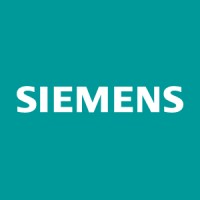
Rockwell Automation
At Rockwell Automation, we connect the imaginations of people with the potential of technology to expand what is humanly possible, making the world more intelligent, more connected and more productive. Throughout the world, our flagship Allen-Bradley® and Rockwell Software® product brands are recognized for innovation and excellence.






